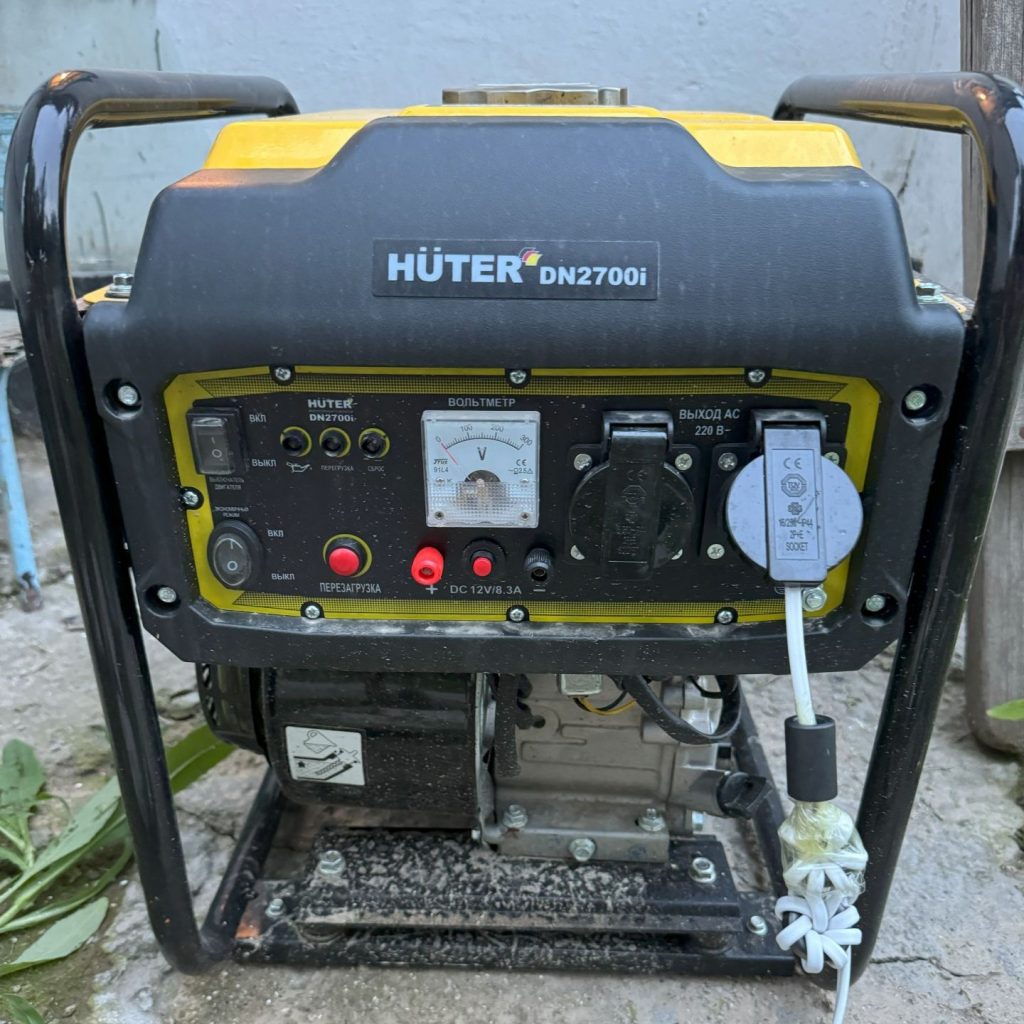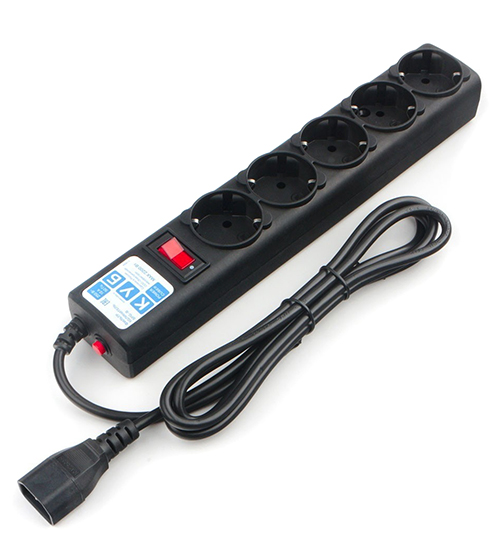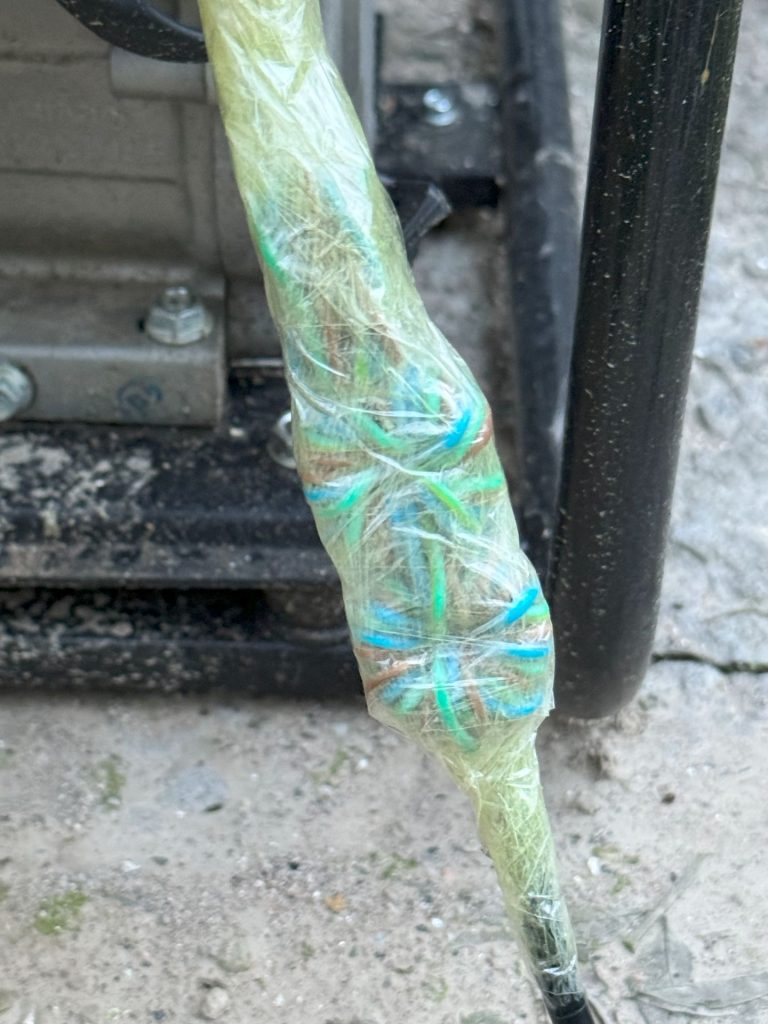Successfully fighting the EMI from the inverter-generator
After you have got used to powerful TX, it is difficult to go back even in the field operations. 100W and regular 12V battery doesn’t seem to be good enough anymore. Usual 1kW is highly desired. Spoiled 🙂
But what to do?!… – of course, to bring a power amplifier and generator along.
However, some generators produced not only acoustic noise, which could be tolerated but also S9+20 dB wideband interference in a 20-meter Moxon in 20-30 meters from the generator. With such bad electro-magnetic emissions (EMI), the field operations with high power may be easily ruined.

Types of generators
There are two major types of generators:
- Regular
- Inverters
Regular:
- About twice less expensive than the inverters
- About twice the weight of the inverters – up to 45 kg or more for expected 2-2.5 kW
- Larger and bulkier – may not fit into your car with the rest of antennas, etc.
- Less fuel-efficient than inverters since always run on the full power – the tank may be emptier sooner
- But! Presumably don’t produce EMI like inverters. Not proved personally, though
- Smaller and lighter
- More fuel-efficient
- But! Produce terrible EMI, as it turned out
Types of filters
Off-the-shelf:
- Regular “filters” that you can purchase in an electronics shop. Of course, I didn’t expect that the solution for my EMI filtering challenge would be so easy. But I purchased three different types of filters, with different prices and brands to test and see
- Absolutely useless. They didn’t change the EMI situation at all

LC filter on each wire:
- Then, i decided to build a 5-order LC filter on each wire: two coils with several tens of uH and 3 high-voltage capacitors between them with different capacity and different self-resonance
- I spent quite a few hours to make… and it was absolutely useless as well. It looks like the emission only increased
- Perhaps, my mistake was that I didn’t use ferrite cores to hold the electromagnetic energy and it was emitted by the coils. I didn’t spend more time studying because my task was solve the issue and move to the real tasks
- I was puzzled with the results because I very much hoped the solution will work and the generator would be ready for the field operation
Ferrite coils on the wire – version I:
- Since the EMI problem didn’t go away despite spent time and efforts, I had to try other options but quicker
- The most simple solution worked right away. The noise dropped to unnoticeable


- I simply took the cheapest power cord extender and cut it. I took the available coils left after my experiments with a power amplifier – I believe it was material 43 – and tightly winded as many wires as fit into the core. I wanted to be safe and made two coils and sequence and put another ferrite because some space left. It just worked well
- I intentionally kept the wire before the coil as short as feasible to minimize the potential emission
Ferrite coils on the wire – version II:
- Since the version I was done in 20 minutes and without the ground wire, I decided to repeat the same with more solid cord extender – with the ground wire in the cord …

- Well, very unexpectedly, it didn’t work at all. The noise was high
- I didn’t study once again because my task was to have a working solution but not to study why exactly not working solution didn’t work. But the fact that the version II didn’t work was unexpected. I simply returned to the version I
- I suspect, that the ground wire is the reason because that was the main difference between the version I and II. How exactly it impacted, I may speculate and guess. But since I didn’t make tests to prove or disprove any of the guess, I will refrain from guessing
Working solution
The simplest solution with 2-wire cord (important that it is not with the ground wire!) and basic 43 ferrite coils did the magic.
It was tested with a 20-meter Moxon on the 20-meter band and on the 80-meter band. The generator didn’t contribute to the noise above the noise of the air S2-S3. The generator was in about 5 meters from the Moxon’s mast and a 30-meter power cord was intentionally put above the surface under and around the Moxon. Everything worked well

PS:
Though the generator has peak output power of 2.7kW or something according to its description, when the PA produced 1kW output power, the inverter went to a self-reset or something a couple of times. My PA and transceiver switched off for a fraction of the second. Thus, I had to reduce the output power to about 700W PEP in SSB when powering from the generator. It worked well after that.
Random post
Categories
Tags
| M | T | W | T | F | S | S |
|---|---|---|---|---|---|---|
| 1 | 2 | 3 | 4 | 5 | 6 | 7 |
| 8 | 9 | 10 | 11 | 12 | 13 | 14 |
| 15 | 16 | 17 | 18 | 19 | 20 | 21 |
| 22 | 23 | 24 | 25 | 26 | 27 | 28 |
| 29 | 30 | 31 | ||||
